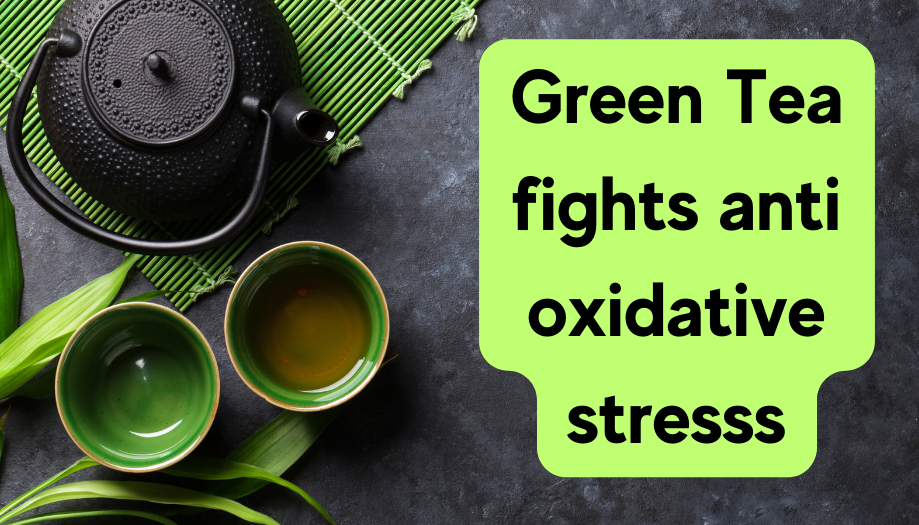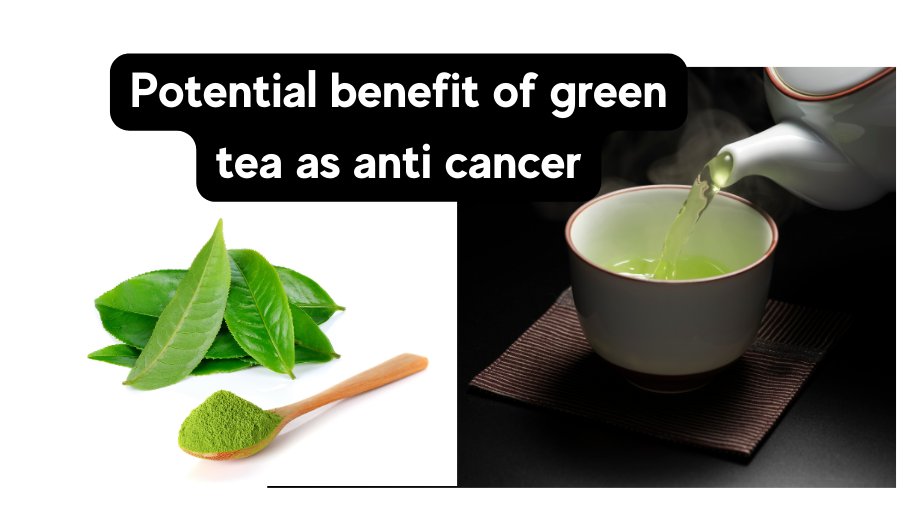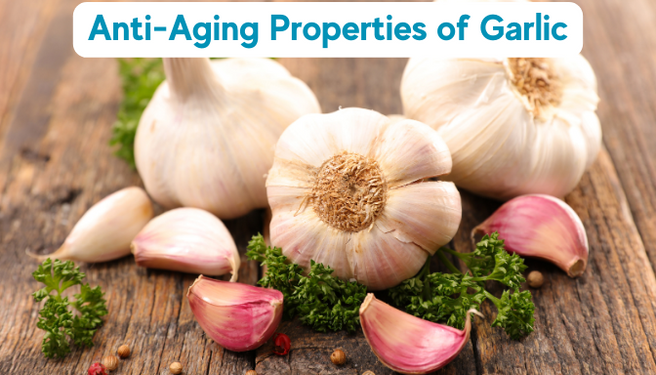Understanding the Battle Against Oxidative Stress and CVD
Oxidative Stress Unveiled: Oxidative stress, linked to inflammation and Cardiovascular Disease (CVD), is caused by reactive oxygen species (ROS) that harm the body.
Green Tea’s Antioxidant Power:
Green tea catechins exhibit antioxidant activity by:
- Inhibiting redox-sensitive transcription factors and pro-oxidant enzymes.
- Scavenging ROS.
- Inducing antioxidant enzymes.
Measuring Antioxidant Capabilities: Studies on green tea’s antioxidant capabilities may measure various substances, including ROS, antioxidant enzymes, and indicators of inflammation like high-sensitivity C-reactive protein (hs-CRP) and TNF-α.
Total Antioxidant Capacity (TAC):
TAC measures the amount of oxidants neutralized in the body, with a lower number indicating a higher disease risk.
Green Tea’s Impact on Oxidative Stress: Recent studies reveal that green tea catechins can:
- Affect ROS levels.
- Increase antioxidant levels.
- Decrease inflammatory substances.
- Boost TAC.
Key Studies Confirming Green Tea’s Effects: Recent research supports green tea’s positive impact on oxidative stress, providing a comprehensive understanding of its antioxidant prowess.
Green tea, with its antioxidant-rich catechins, emerges as a natural defender against oxidative stress. By scavenging harmful ROS and boosting antioxidant defenses, it plays a crucial role in promoting overall health and potentially preventing diseases like CVD.
Reference: Wanda C. Reygaert. An Update on the Health Benefits of Green Tea. Beverages 2017, 3(1), 6
Other interesting articles:




